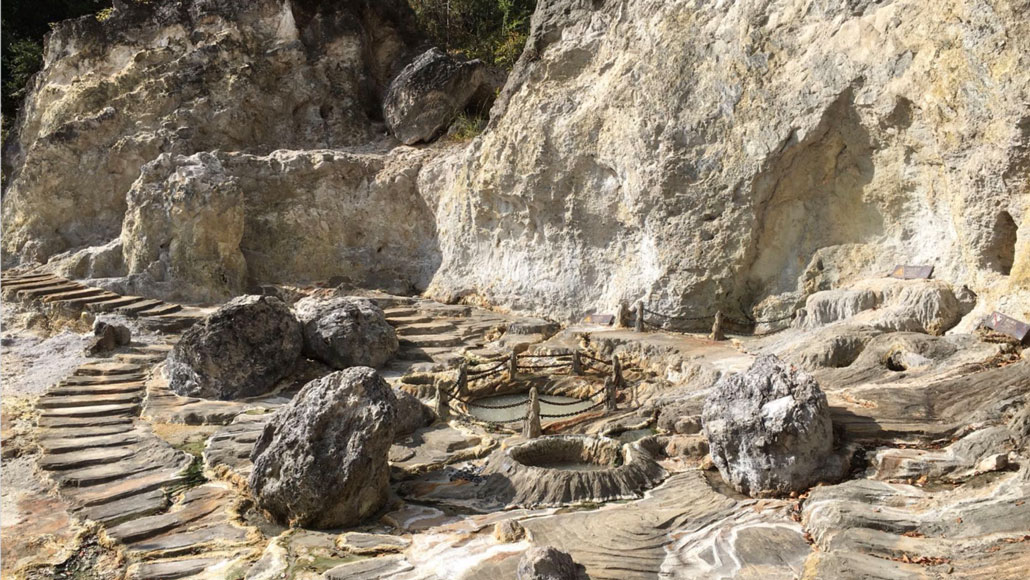These climate-friendly microbes recycle carbon without producing methane
Scientists found the newly discovered single-celled archaea living in hot spring sediments

Some of the first evidence for Brockarchaeota, an entirely new group of microbes with a never-before-seen metabolism, came from sediments at the Tengchong Yunnan hot springs in China (shown).
Jian-Yu Jiao/Sun Yat-Sen University
Earth’s hot springs and hydrothermal vents are home to a previously unidentified group of archaea.